
Managing Enterprise Information
Companies generally struggle with collecting, storing, managing, discovering and distributing enterprise information. Knowledge management solutions have been around for many years, yet have mostly fallen short of a full solution for use across the business. There are many reasons for it, and we’ll take a look at those reasons and how to overcome them, but overall the problem gets worse every year, as every business has more and more information to deal with.

Automating Data Entry: Saving Time and Reducing Errors with AI-Powered OCR
AI-powered Optical Character Recognition (OCR) is an advanced form of traditional OCR technology, which is designed to convert different types of documents, such as scanned paper documents, PDF files or images captured by a digital camera, into editable and searchable data. What sets AI-powered OCR apart from traditional OCR is its use of artificial intelligence, machine learning, and deep learning algorithms to improve the accuracy and efficiency of text recognition, even in cases where the document quality is poor or the text is displayed in complex layouts.
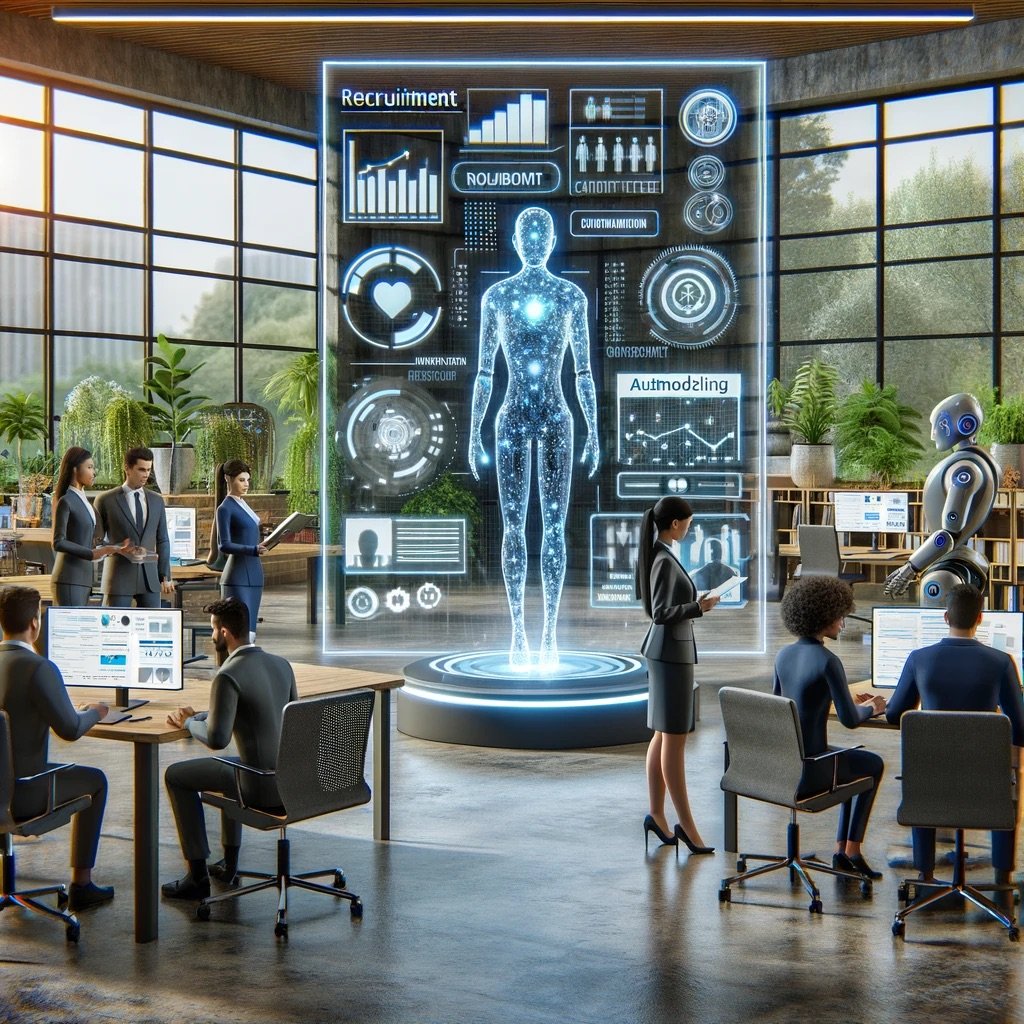
AI and Automation in HR: Streamlining Recruitment and Onboarding Processes
Finding the right people and welcoming them into your company is a fundamentally human task. It might seem strange then, that technology can play such a large role. However, AI and automation hold the power to free HR teams from the mundane, repetitive tasks that eat up their time. This gives them the space to focus on strategic initiatives and create a truly exceptional candidate and employee experience.
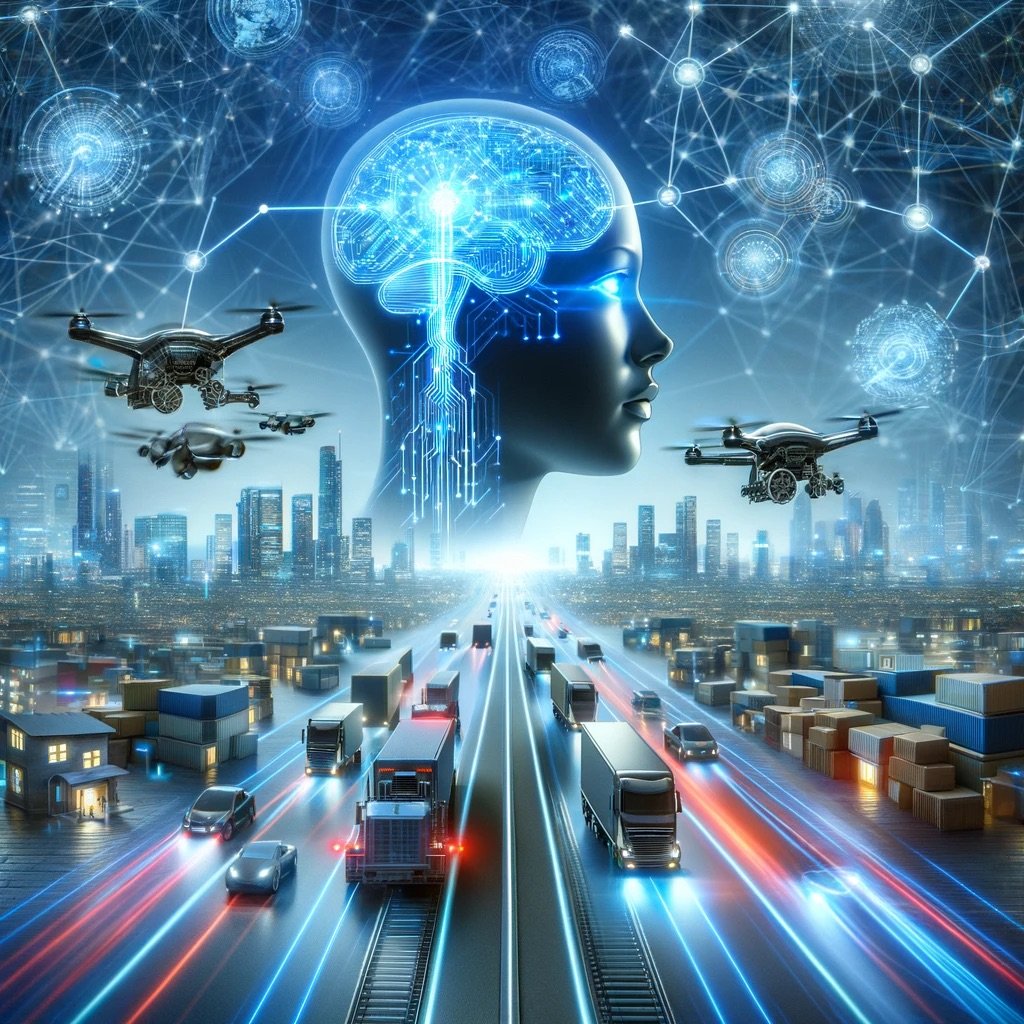
AI-Driven Supply Chain Optimization: Reducing Costs and Improving Efficiency
The lessons learned during the COVID-19 pandemic, particularly in today's globalized economy, highlighted the fact that supply chain management is a critical factor in determining the success and profitability of businesses across various industries. As companies strive to remain competitive, they are increasingly turning to artificial intelligence (AI) to optimize their supply chain operations. AI-driven solutions offer the potential to revolutionize supply chain management by reducing costs, improving efficiency, and enhancing decision-making processes.
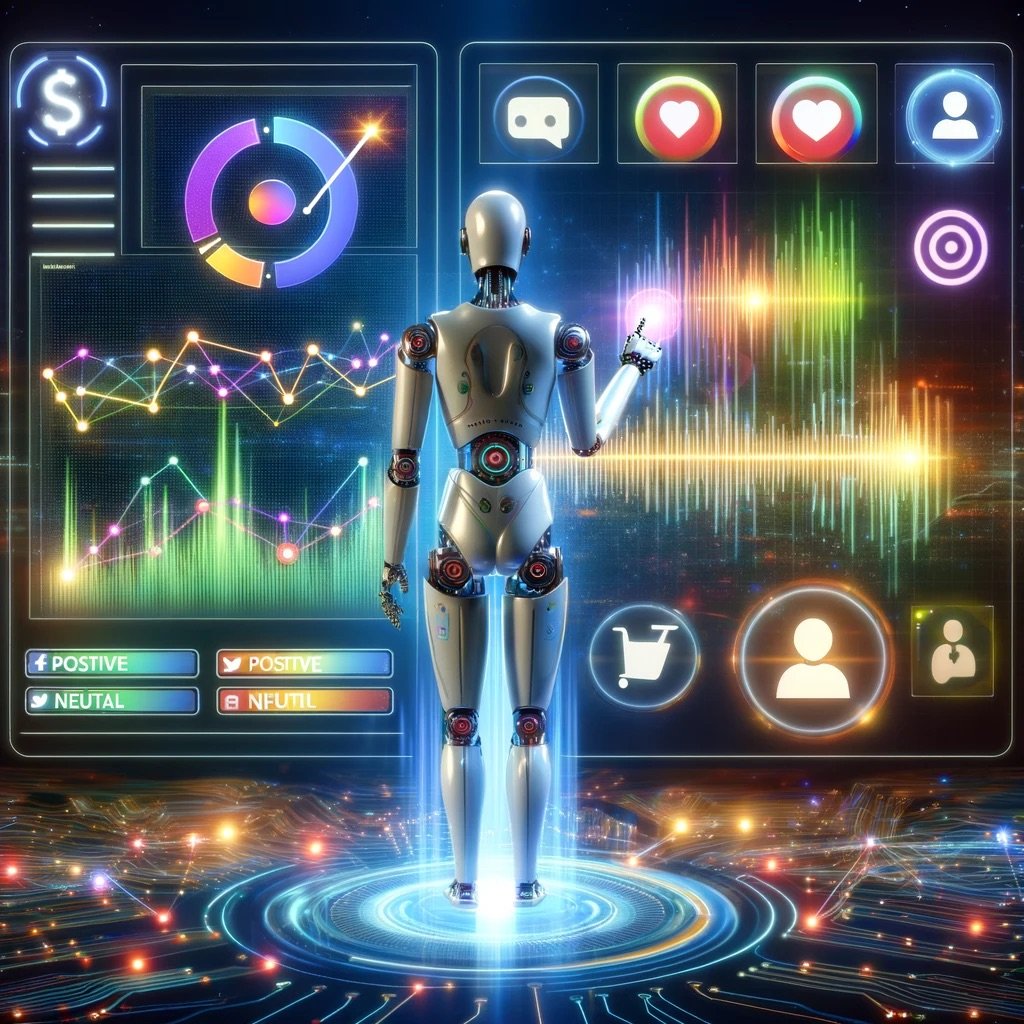
AI-Powered Sentiment Analysis: Gaining Insights from Customer Feedback and Reviews
AI-powered sentiment analysis can be a powerful tool for companies to gain valuable insights from customer feedback and reviews. The core technology behind AI-powered sentiment analysis is Natural Language Processing (NLP), a subfield of artificial intelligence (AI) that focuses on enabling computers to understand, interpret, and generate human language.

AI in Corporate Finance: Fraud Detection and Risk Assessments
In corporate finance organizations artificial intelligence (AI) can be used to improve productivity and effectiveness, and is particularly useful in enhancing the fraud detection and risk assessment processes. As businesses grapple with increasingly sophisticated financial threats and the complexities of global market dynamics, AI's ability to analyze large datasets, recognize patterns, and predict anomalies offers a significant leap forward. By integrating AI technologies, such as machine learning and predictive analytics, into their financial operations, companies can not only identify and mitigate fraudulent activities with unprecedented accuracy but also refine their risk management strategies. This shift towards AI-driven financial practices promises not only to safeguard assets but also to optimize financial performance, enabling businesses to navigate the challenges of the modern economic environment with confidence and agility. Here’s an overview of how businesses can use AI in Finance to improve fraud detection and risk assessment:

Salesforce TrailblazerDX 2024
It seems like vendor announcements for new virtual assistants, particularly named “copilot” are a weekly occurrence. Not all copilots are the same though. I spent a couple of days this week attending Salesforce TrailblazerDX, its annual developer conference in San Francisco. The event was, to nobody's surprise, focused on AI. There were some interesting announcements and some good discussions with company executives and developers. Salesforce has some unique features and approach to its platform, AI in general and the new Copilot offering. The first thing of note is that I used the singular Copilot, not plural like Microsoft. This is a good deal more significant than you might think.
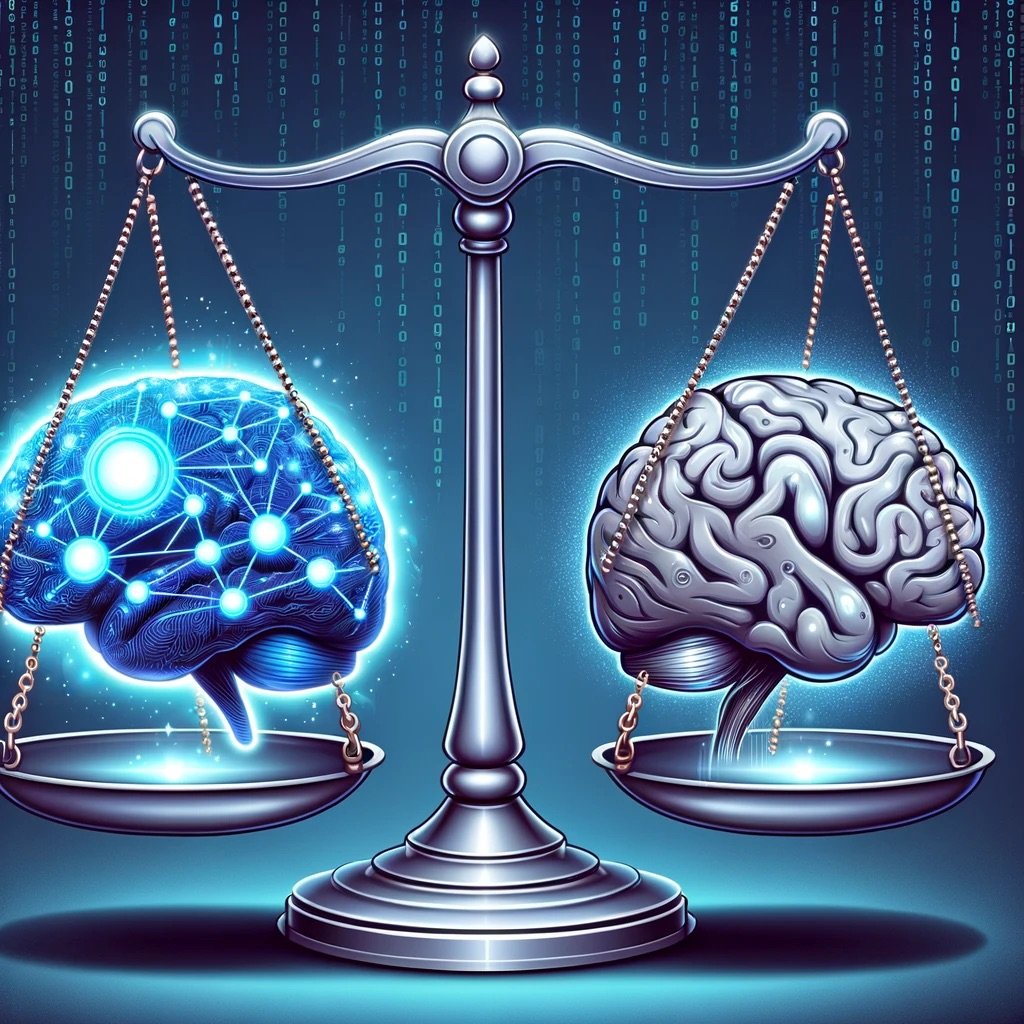
Open Source or Proprietary LLMs?
Large language models (LLMs) are transforming the way we interact with computers, but choosing the right type of LLM can be a complex decision. Open-source LLMs promote cost-effectiveness and community-driven innovation, allowing for extensive customization. However, they may involve higher setup costs, security risks, and a steeper learning curve. Proprietary LLMs often offer simplified use, commercial support, and more robust security, yet potentially limit flexibility and involve licensing fees. Understanding the tradeoffs between these two models is crucial for businesses and developers seeking to harness the power of LLMs.

How to Align Your Organization's Goals with a Digital-First Strategy
A digital-first business strategy isn't just about having a website or social media presence. It's a complete overhaul in how a company thinks and operates. In this approach, digital technology is the cornerstone of everything the business does. From customer interactions and marketing to internal operations and product development, digital tools and processes take center stage. This doesn't mean abandoning traditional methods entirely, but rather viewing them through a digital lens and prioritizing digital channels whenever possible.

AI and Creative Design
Forget the fear-mongering – AI isn't here to replace designers. Instead, imagine it as the ultimate creative sidekick. It can handle tedious tasks, generate fresh ideas, and unlock exciting possibilities. In a recent episode of Disambiguation I interviewed two executives from DXM, an AI design tool for brands. It was a great conversation, you should check out the whole episode, but one important takeaway is the concept that AI for creatives is human augmentation, not human replacement. Let’s look at how to harness the power of AI, opening up a world of new design opportunities.

Making Intelligent Decisions in Information Intensive Business Activities
Data driven decision making has been a business goal for many years, growing out of the big data and analytics revolution. With broader interest in artificial intelligence (AI) over the past year or so, new ways to approach decision processes are gaining momentum. For routine business decisions, generative AI and integrated data models are rapidly changing the approach away from basic business intelligence (BI) and analytics solutions and the subsequent dashboards and queries derived from them, to a natural conversation with the data to uncover the necessary answers to support the decision. This move to a natural question and answer process over pre-built dashboards and queries, accelerates the decision process and enables users to find specific answers much more simply and independently instead of relying on either predefined and thus limited views of the data; or IT, data scientists and data analysts for custom views. This is a big step forward for day-to-day decision making, and can add value in more complex business activities, but is, however, not a broad enough solution to solve the more complex decision scenarios.
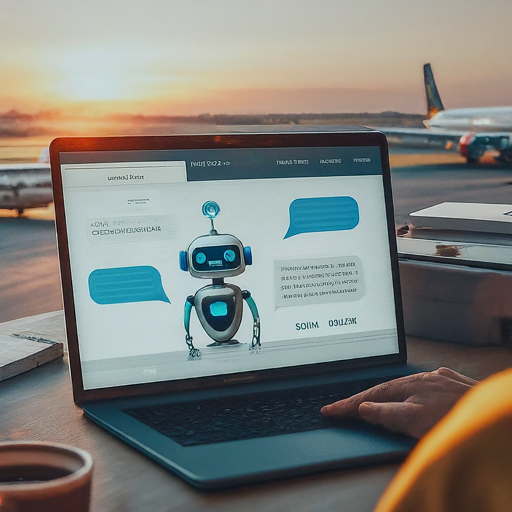
Air Canada and the Chatbot, Learning from Your CX Mistakes
I can’t get this recent Air Canada customer experience “incident” out of my head. We’ve written and talked extensively about how you can use AI and generative AI to dramatically improve your customer experience (CX). Apparently we also need to talk about how the policies you build around the use of generative AI, particularly customer service chatbots, can deliver the opposite of that “good” CX you think you’re building.

Transforming Data Analysis: Using AI for Better Business Decisions
Traditional business intelligence (BI) tools often struggle with the sheer volume, complexity, and speed at which data is generated today. Enter AI. Artificial intelligence offers a revolutionary approach to data analytics, empowering businesses to uncover hidden patterns, predict future outcomes, and automate key analytical tasks. AI-infused platforms utilize machine learning, natural language processing, and advanced algorithms to deliver insight that's far deeper and more actionable than what traditional BI tools can provide on their own. This transformation is allowing companies to make faster, data-driven decisions that drive improved performance and agility.

Scaling Up with AI: Strategies for Small and Medium Businesses (SMBs)
In today's rapidly evolving business landscape, Artificial Intelligence (AI) is no longer a luxury reserved for large businesses. Small and Medium Businesses (SMBs) are increasingly discovering how AI can act as a powerful equalizer, allowing them to scale their operations with unprecedented speed and gain a competitive edge against larger enterprises. AI-powered solutions streamline essential processes, empower data-driven decision-making, and deliver hyper-personalized customer experiences. With the right strategies, SMBs can harness the transformative power of AI to level the playing field and unlock growth opportunities that were once seemingly out of reach.
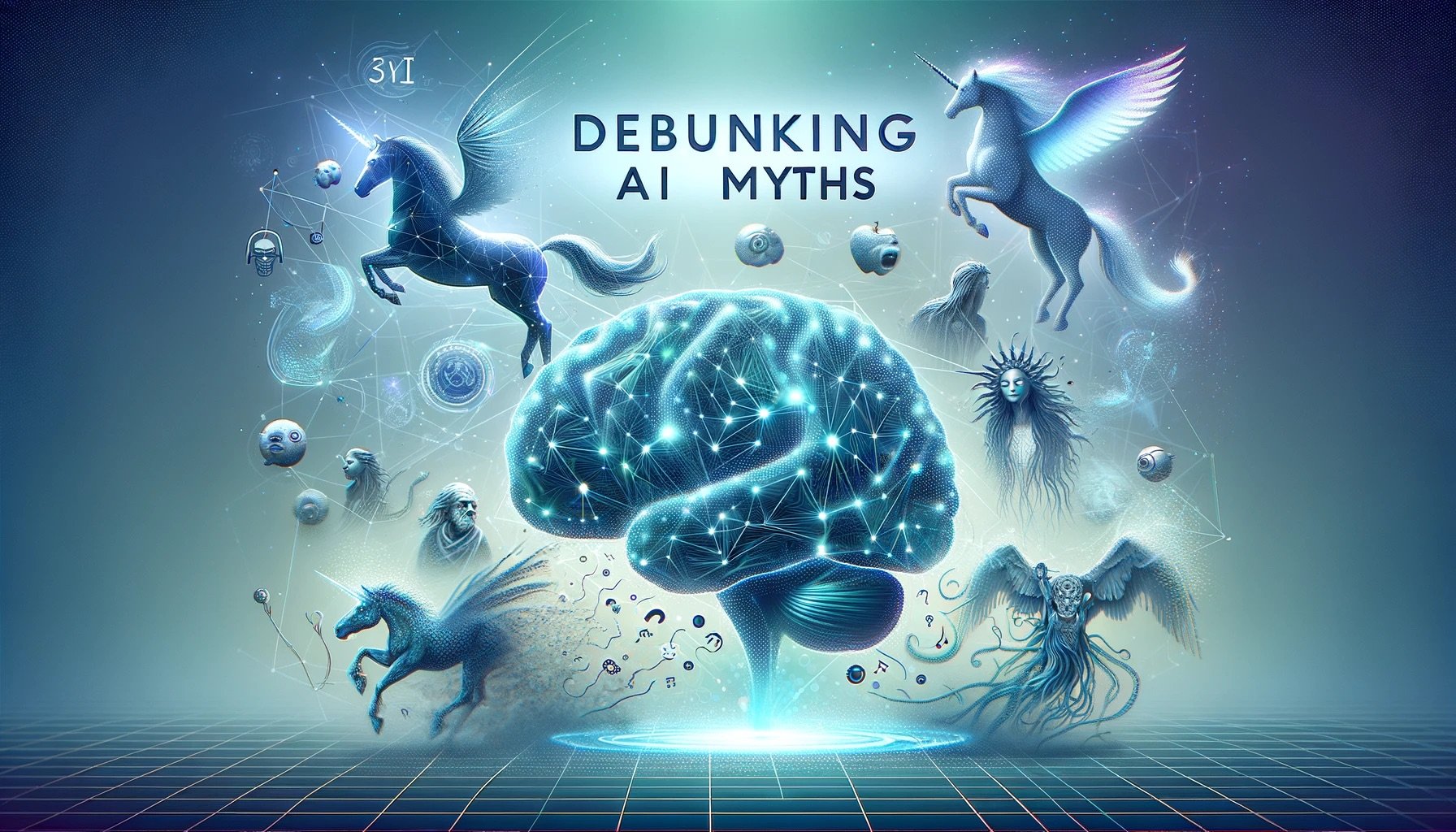
Debunking AI Myths: Address common misconceptions and myths about AI and generative AI
Business leaders often have misconceptions and myths about AI and generative AI, shaped by media representation, industry hype, and rapid technological advancements. Here are some of the most common ones:

Choosing the “Right” Language Model
At their core, language models are statistical tools designed to understand and generate human language. They work by assigning probabilities to sequences of words or characters. To put it simply, they excel at predicting what word or phrase is likely to come next in a given sentence or piece of text.

AI-Driven Decision Making: Transforming Business Strategies with Data
Business decision-making processes are undergoing a transformative change, thanks to the use of Artificial Intelligence (AI) and Data Analytics. These technologies are not just buzzwords but are real, practical tools that are reshaping how businesses operate, innovate, and grow. Here are a few ways that AI and Data Analytics are revolutionizing various aspects of business decision-making.

Consolidation in PRM: Relevize Acquires PartnerPortal.io
Relevize, a company known for automating demand generation processes for companies like Salesforce, Atlassian, and Shopify, has announced the acquisition of PartnerPortal.io, a self-serve PRM company. This acquisition is backed by Insight Partners and is part of Relevize's strategy to consolidate its position in the partner-tech market and enhance its offerings. In 2022, Relevize secured $6 million in funding from Insight Partners, with additional contributions from other investors. The acquisition of PartnerPortal.io is seen as a commitment to innovation and growth in the competitive partner-tech market.

Enhancing The Internet of Things with Artificial Intelligence
Businesses can leverage the combination of AI and IoT to drive innovation, efficiency, and better decision-making across various operations. This marriage is referred to as Artificial Intelligence of Things (AIoT). The integration is poised to transform industries by enabling smarter, more responsive, and more efficient systems. By combining these two, AIoT creates smarter, more automated systems that can analyze data in real-time, make intelligent decisions, and even take actions on their own. This opens up a wide range of use cases for businesses.

AI in Manufacturing: Product Design
Artificial Intelligence (AI) has become an integral part of the new product design process for manufacturers. Its role is multifaceted and evolving, offering various benefits that streamline and enhance the design process. In manufacturing product design, different types of Artificial Intelligence (AI) are employed to enhance various aspects of the design process, improve efficiency, and create innovative products. The primary AI types utilized include machine learning, deep learning, natural language processing (NLP), and computer vision, among others.
